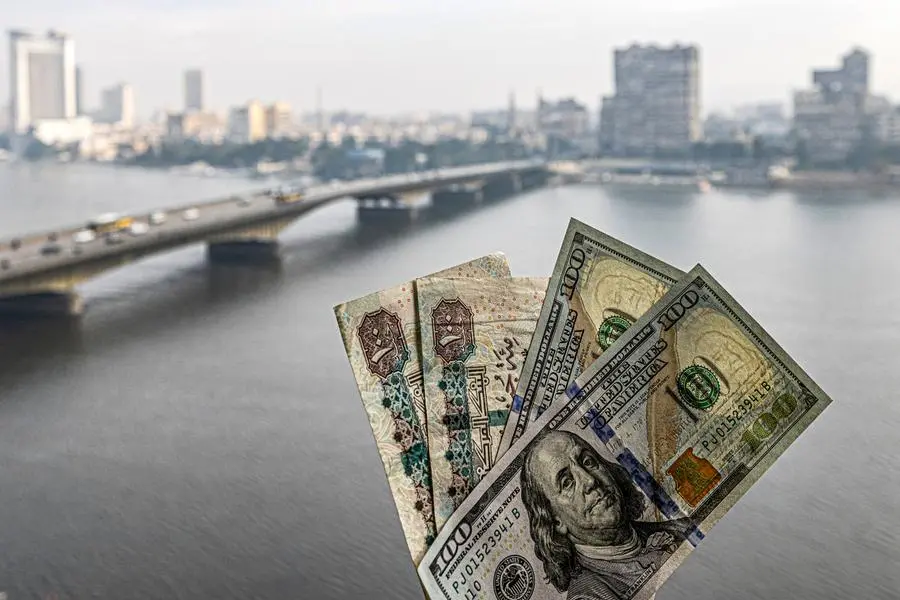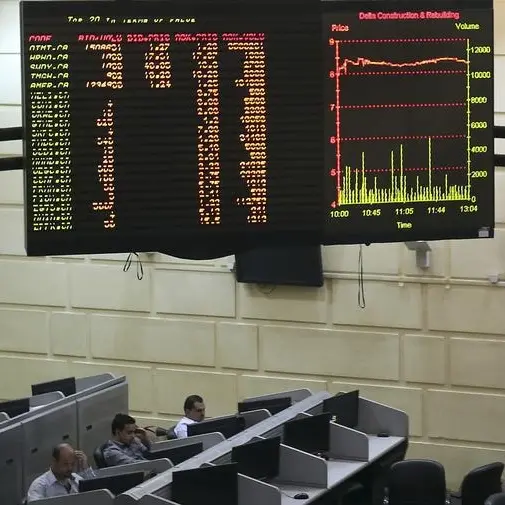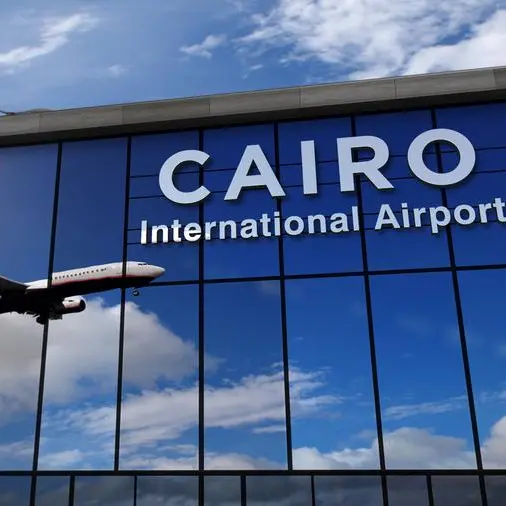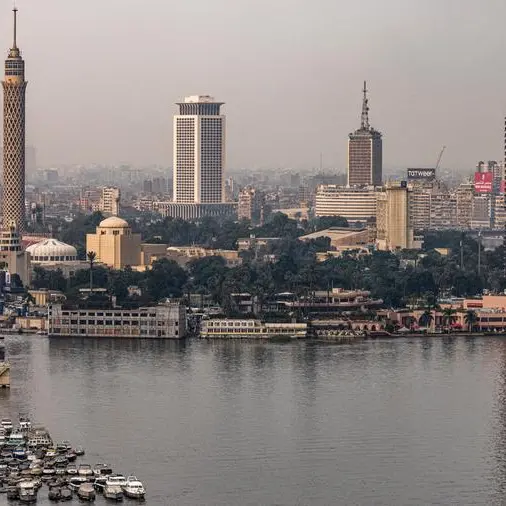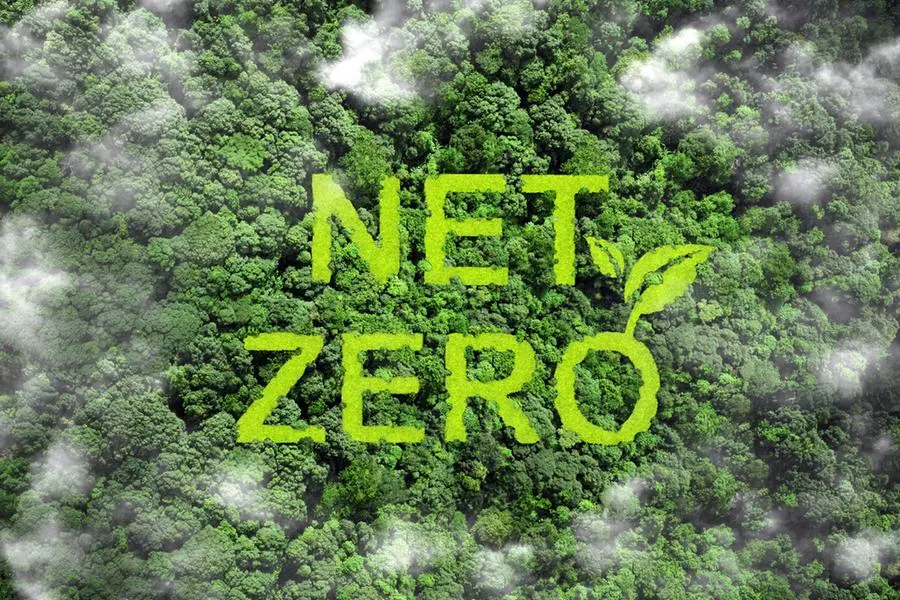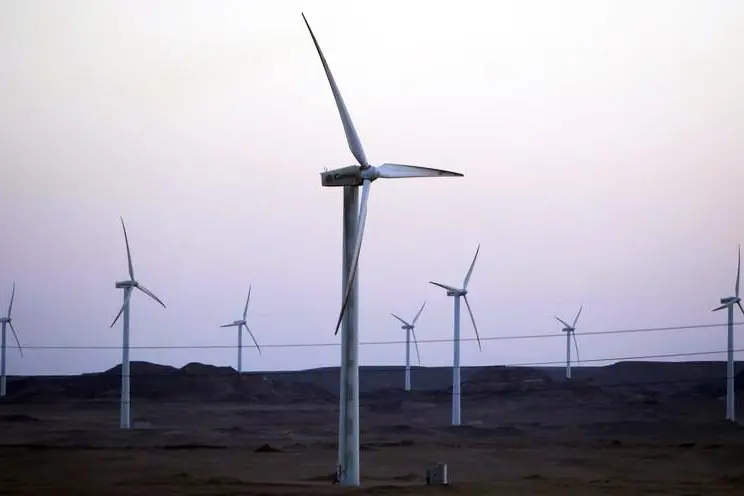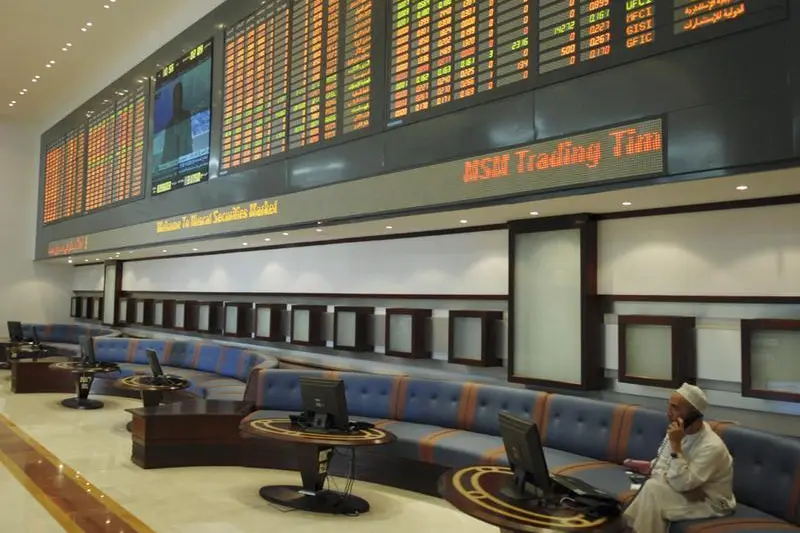PHOTO
While the highly-indebted Egyptian government continues to argue for debt relief and climate financing to be combined, experts cast doubt over the viability of the proposal given the country’s debt structure and the limitations of sustainability-linked financial instruments.
While addressing the Africa Climate Summit in Nairobi last week, Egypt’s Prime Minister Mostafa Madbouly reiterated his country’s position on the need to devise a “single and effective” mechanism whereby the debt of low and middle-income countries could be swapped for climate financing.
A debt swap is usually defined as a debt conversion process whereby the debtor and the creditor agree to waive the debt, in part or in total, in return for certain obligations that must be met by the debtor. The swaps can involve governments, multilateral partners, or commercial creditors.
Miniscule Bilateral Swaps
So far, Egypt has only benefited from bilateral debt swaps whose impact on the state’s external position remains minimal.
Acknowledging this minimal impact, Mohamed Abu Basha, an economist with EFG Hermes, observed that it is nonetheless important for development. “The annual debt servicing payments are in the range of $25 bn, and a great majority of the debt is with multilaterals, the GCC and Eurobonds.”
Since 2015, the Egyptian government has been relying heavily on borrowing from global markets and multilateral partners. Egypt’s external debt had jumped to nearly $163 billion by December 2022 from under $40 billion in 2015, according to the Central Bank of Egypt.
Bilateral debt constitutes less than 10% of Egypt’s external public debt, amounting to some $11.8 billion. The largest portion of bilateral debt is owed to China, followed by the UK, Germany, Japan, France, and the US. In June, the Egyptian government signed an agreement with its German counterpart, whereby Egypt was exempted from repaying a $54-million debt on condition that the amount be allocated to green energy projects. However, the amount of debt forgiven by the German government accounts for less than 3% of Egypt’s total debt to Germany, which amounts to $2.27 billion.
There has also been a debt swap program with the Italian government since 2001. So far, the amount of debt forgiven and redirected to food security, poverty reduction, education and health projects has amounted to only $349 million.
“The size is basically too small to move the needle on Egypt’s deleveraging path,” said Amr Elalfy, an analyst at Prime Holding. “It would make much sense if such swap deals were done with commercial creditors or bond holders.”
Debt Swaps on Bond Markets
In recent years, climate change has exposed the vulnerabilities of developing countries and underscored the urgency of financing sustainability projects in the global South. Tools such as debt-for-nature and debt-for-adaptation swaps have been put forward to alleviate the financial burden of low and middle-income countries. Under these tools, a country’s debt on the bond market is usually bought back by a commercial bank or a specialist investor and replaced with a cheaper debt. The savings are used to finance conservation or eco-friendly endeavors. Governments of developed nations or multilateral development banks are usually involved in these swaps to offer risk insurance.
Last month, Gabon concluded the first debt-for-nature swap deal, which saw the country buy back $500 million of its international debt at a discount and price a blue bond of equal size with a longer maturity term. The swap, which was guaranteed by the US International Development Finance Corporation (DFC), was meant to help Gabon finance its marine conservation efforts. The deal has raised hopes for similar deals in other indebted African countries.
“With Egypt being particularly vulnerable to climate change and water scarcity and its bonds trading at heavily discounted levels, there could be scope to design a sustainability-linked instrument that helps accomplish the dual goals of boosting climate-related investment while also reducing debt sustainability and liquidity risks,” Patrick Curran, Senior Economist at Tellimer, told Zawya.
However, he went on to acknowledge the limitations of these new instruments.
“With shorter-term external debt trading just below par, there could be very limited savings to be generated from buying back short-term debt,” he said. “Conversely, buying debt back at the longer of the curve, where it is more heavily discounted, does little to resolve rollover risks.”
Egypt’s short-term external debt is estimated at $30.2 billion, representing 89% of Egypt’s total foreign reserves, according to the CBE. Meanwhile, the total foreign debt service as a percentage of exports of goods and services and primary income has almost doubled from 2018 to 2021, according to the World Bank. With a growing financing gap and no clear prospect for fresh foreign capital inflows, there have been growing fears that the Egyptian government may not be able to meet its repayment obligations. In May, Moody’s put Egypt’s B3 ratings on review for downgrade, citing foreign liquidity shortage. For similar reasons, credit rating agency Fitch’s has downgraded Egypt’s outlook from B+ to B.
(Writing by Noha El Hennawy; editing by Seban Scaria)
